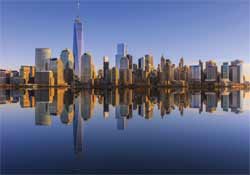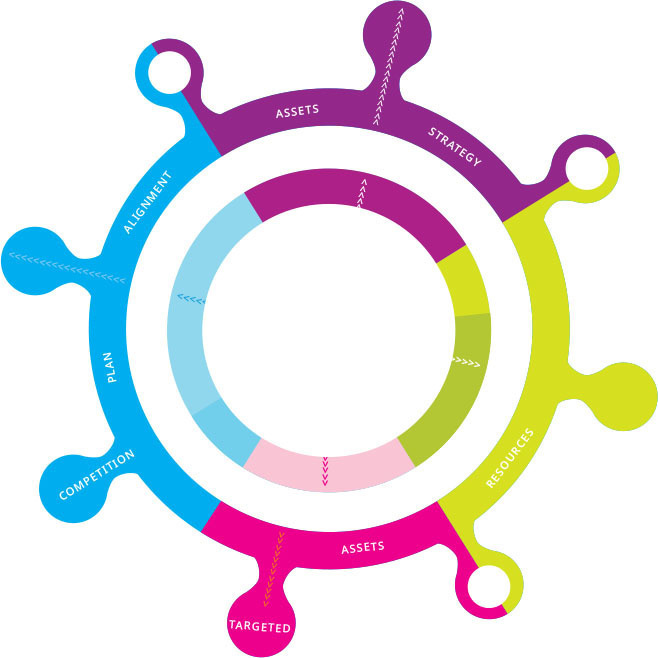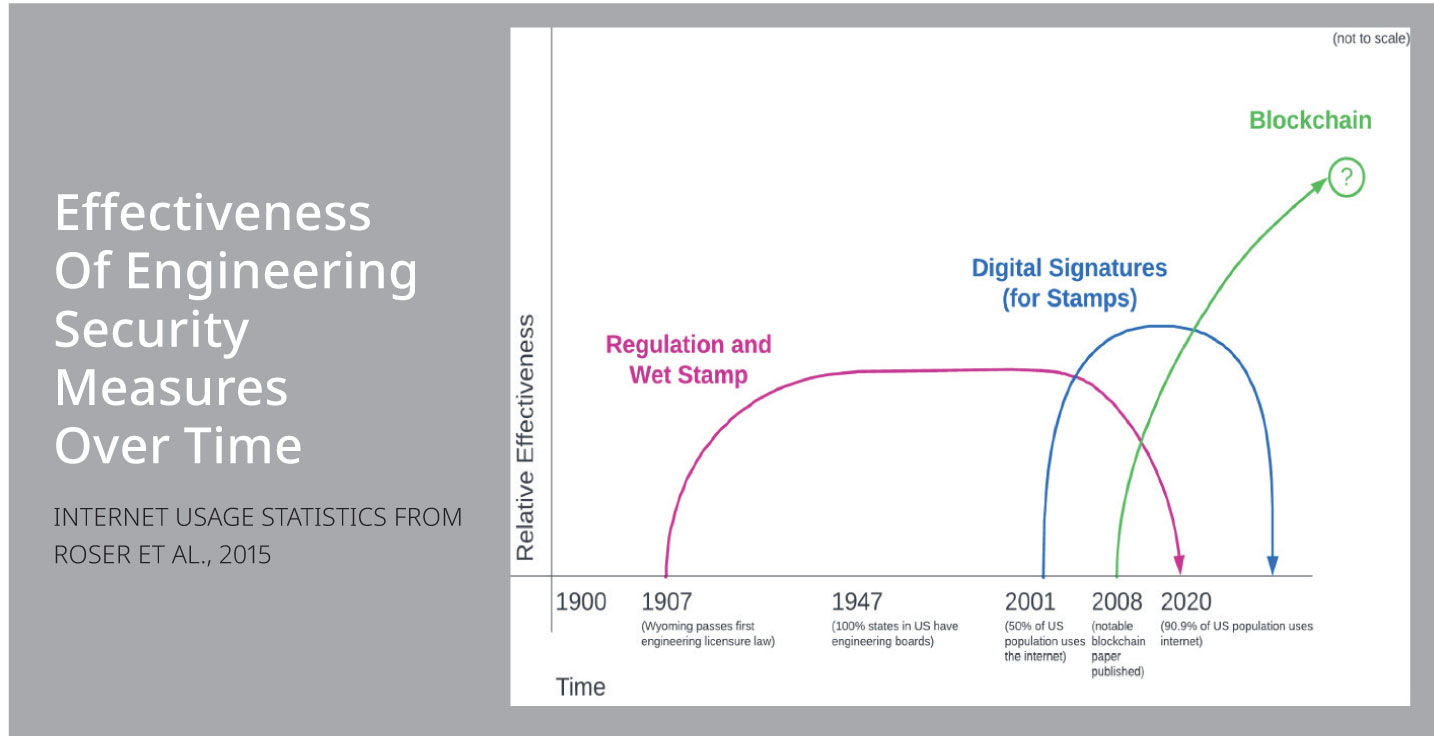August/September 2014
COMMUNITIES: CONSTRUCTION
September Release Planned For Waterfront Design Certification
 An organization dedicated to New York City’s regional waterways plans to release the first version of a certification program for waterfront edge design in late September.
An organization dedicated to New York City’s regional waterways plans to release the first version of a certification program for waterfront edge design in late September.
Modeled after the Leadership in Energy and Environmental Design green building certification program, the Waterfront Edge Design Guidelines (WEDG) program is being developed by a number of government agencies, experts, and stakeholders and led by the Metropolitan Waterfront Alliance.
“It’s not just a report of best practices,” says MWA Director of Outreach and Planning Michael Porto. WEDG will provide a set of guidelines and a ratings system to encourage and incentivize waterfront edge designs that are resilient, accessible to the public, and ecologically healthy. The program will also cover the biggest waterfront land uses, with residential and commercial guidelines and ratings, parks guidelines and ratings, and maritime and industrial guidelines and ratings.
In addition to covering the major waterfront land uses, the guidelines will cover seven categories or design areas: site selection and planning; public access and interaction; edge resiliency; ecology and habitat; materials and resources; operations, maintenance, and monitoring; and innovation.
The WEDG program began in July 2012, when MWA began discussions to develop a waterfront design guidelines project with its Aquatecture and Green Harbor task forces. Then in October 2012 Superstorm Sandy demonstrated New York City’s need for waterfront resiliency, resulting in increased interest in as well as support and funding for the program.
“It’s really about creating or positioning developments, and parks, and industrial maritime uses for coming climate change, sea-level rise, and storm events,” Porto says. “We’ve tried to tackle that head on.”
Porto acknowledges some people would like to see development retreat from waterfronts and are likely to question the wisdom of a program that seems to incentivize waterfront development, but MWA considers retreat to be an unrealistic goal. “Development will continue,” he says. “[WEDG] is a resource and a toolkit that we think provides best practices to do it in the most responsible way.”
In order to provide the best possible resource and toolkit to design professionals, the program needed more than a vision for the future. It needed the right resources for crafting its guidelines.
“The team that’s been working on the guidelines has always included some engineers,” says Andrew Cairns, P.E., vice president of the American Society of Civil Engineers’ Coasts, Oceans, Ports, and Rivers Institute and north region market leader for port and marine at AECOM. The institute provided the Metropolitan Waterfront Alliance with guidance, he adds, to “make sure that engineering principles were taken into account—that it wasn’t just planning and nonprofessional engineers looking at things that I think truly affect design and engineering.”
WEDG guidelines will not be overly prescriptive however. “We’re not giving people engineering drawings,” Porto says. “That’s impossible and certainly not what I think anybody wants regarding good design. There’s such a site-specific aspect to building in general, but along the waterfront…there’s a lot of variations.”
“I wouldn’t want a guideline that’s too prescriptive,” Cairns says. “I think what [WEDG] does is it promotes…sustainability and resiliency.”
The first version of WEDG, which MWA plans to release in late September, will provide a limited checklist format of the guidelines. It will be comprehensive in that all the credits are there, but they have not yet been fleshed out.
MWA hopes to release a second version of WEDG by mid-2015, and has plans for pilot projects using the first version in the meantime.
Although MWA has focused on New York and New Jersey waterfronts in the development of WEDG, many of the guidelines are applicable across the country. Once a “waterfront building council” is established to certify WEDG projects, the council aims to expand the program throughout the country.
Cairns appreciates the MWA’s efforts. “I think [the guidelines] provide the design community—not just the engineering community but the planning and design community, and potential owners of waterfront properties—some guidance on how to treat their waterfront so it’s more sustainable [and] more resilient,” he says.


 Volunteering at NSPE is a great opportunity to grow your professional network and connect with other leaders in the field.
Volunteering at NSPE is a great opportunity to grow your professional network and connect with other leaders in the field. The National Society of Professional Engineers (NSPE) encourages you to explore the resources to cast your vote on election day:
The National Society of Professional Engineers (NSPE) encourages you to explore the resources to cast your vote on election day:


